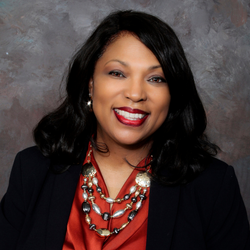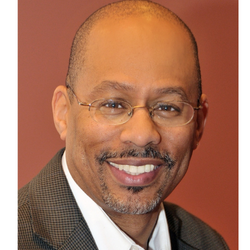
This blog is based on the original journal article in the Public Relations Journal.
There is a saying that asserts this: “You can’t manage what you don’t measure.” The message here is that you cannot really know whether you are successful in your efforts – whatever they may be – unless success is defined, tracked, and measured.
The Public Relations Society of America (PRSA) set out to measure diversity and inclusion (D&I) efforts in the field. In 2019, the organization began a nearly year-long effort to better understand PRSA members’ thoughts, behaviors, and attitudes in the areas of diversity and inclusion. To obtain this information, PRSA executed a comprehensive, three-phased study to assess D&I perceptions.
Results from focus groups, interviews, and an organization-wide survey revealed four important findings:
1.) There is a unified view of inclusion, but varied views on diversity among members. For example, those who identified as Black were more likely to think about race and age, and those who identified as female were more likely to think of race, age, and gender as dimensions of diversity. This indicates that when individuals insist on wanting to improve diversity, it is important to clearly define the specific dimensions of diversity they seek to improve.
2.) While several members indicated that PRSA was working hard to reflect and promote diversity, those belonging to marginalized communities wanted to see more done in this regard.
3.) Several chapters felt there was a need to improve their D&I efforts, but did not know where to begin and asked for more support from PRSA to advance their D&I efforts.
4.) Participants outlined several opportunities for PRSA to be a change agent for D&I. The findings informed a first-ever PRSA three-year diversity and inclusion strategic plan.
This article analyzes PRSA’s study process and goes into detail regarding the 2019 study findings. We also provide additional details on the discoveries uncovered and conclude with insights on how PRSA can best utilize the data to build programs that will be meaningful in the organization’s long-term D&I strategies.
Instilling effective D&I principles within organizations is of utmost importance. It helps build stronger programs, communications, and societies. For a trade association, it is essential that all members feel included and valued. Further, the COVID-19 pandemic has heightened the inequities that have been embedded in the United States’ justice, education, healthcare, and economic systems for decades. By creating and promoting a culture of diversity of thought and inclusion, organizations can ensure their stakeholders perform to their highest potential, remain motivated, and make invaluable contributions, ideas, and opportunities.
![]()
 Felicia D. Blow, Ph.D., APR, Associate Vice President for Development, 2021 Chair-Elect, Public Relations Society of America (PRSA), and former-Chair National PRSA Diversity & Inclusion Committee
Felicia D. Blow, Ph.D., APR, Associate Vice President for Development, 2021 Chair-Elect, Public Relations Society of America (PRSA), and former-Chair National PRSA Diversity & Inclusion Committee
 Meghnaa Tallapragada, Ph.D., Assistant Professor, Department of Advertising and Public Relations, Klein College of Media and Communication, TempleUniversity
Meghnaa Tallapragada, Ph.D., Assistant Professor, Department of Advertising and Public Relations, Klein College of Media and Communication, TempleUniversity
 David W. Brown, Assistant Professor, Department of Advertising and Public Relations, Diversity Advisor to theOffice of the Dean at Klein College of Media and Communication, Temple University
David W. Brown, Assistant Professor, Department of Advertising and Public Relations, Diversity Advisor to theOffice of the Dean at Klein College of Media and Communication, Temple University
 Christopher F. Bonney, President, Bonney & Company
Christopher F. Bonney, President, Bonney & Company



